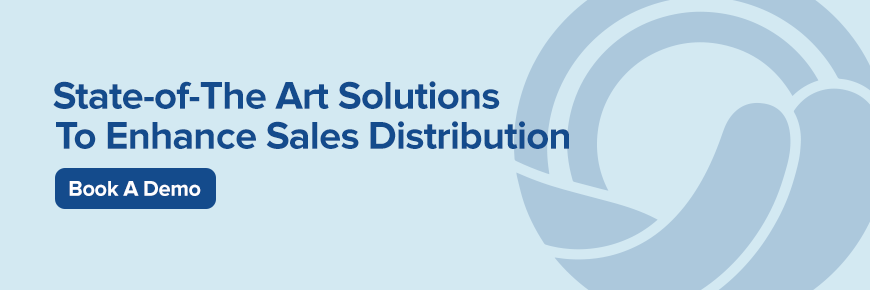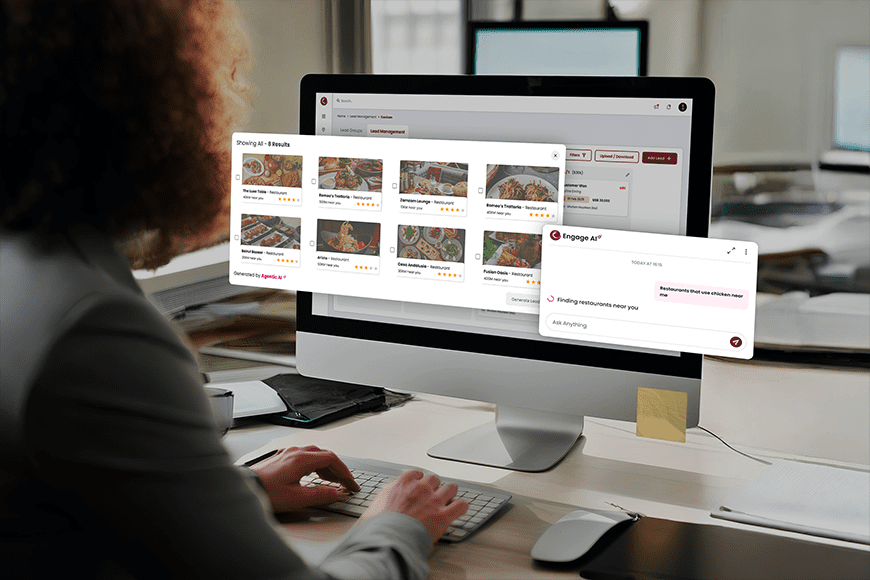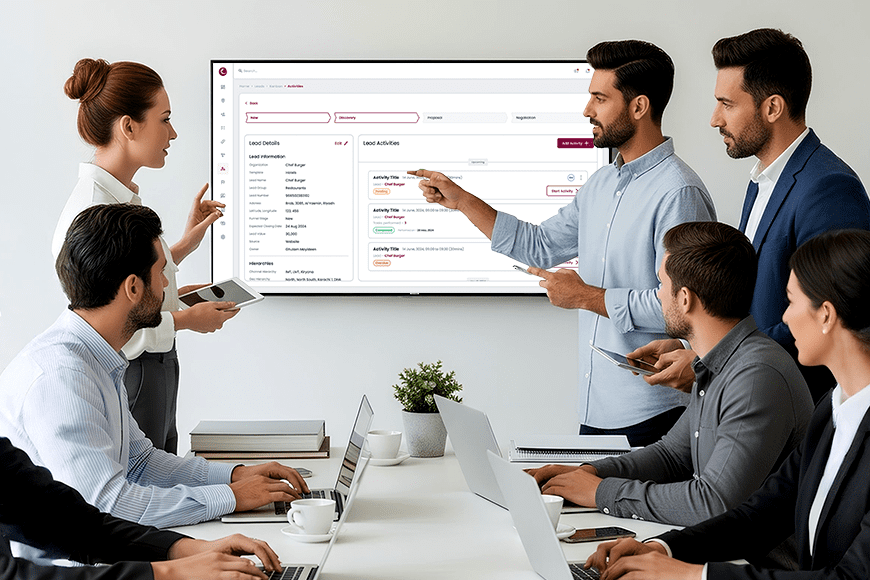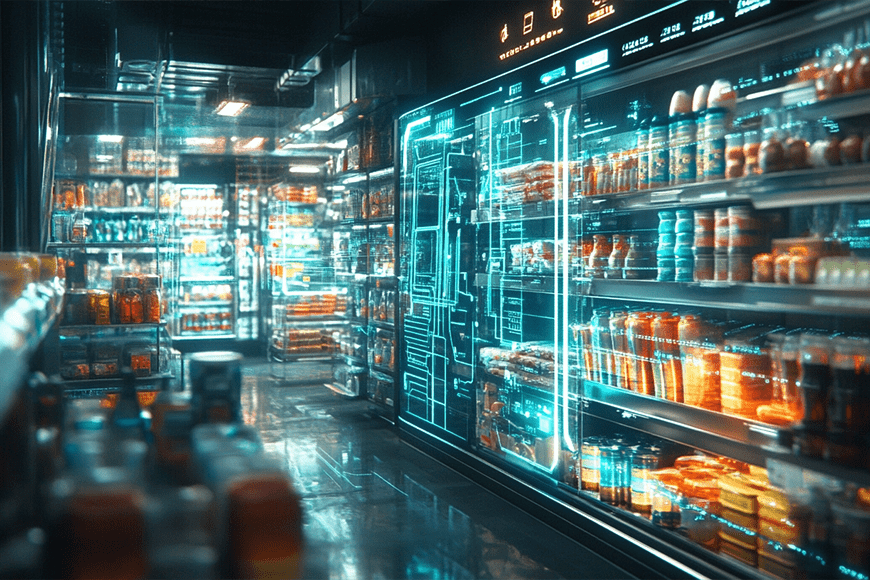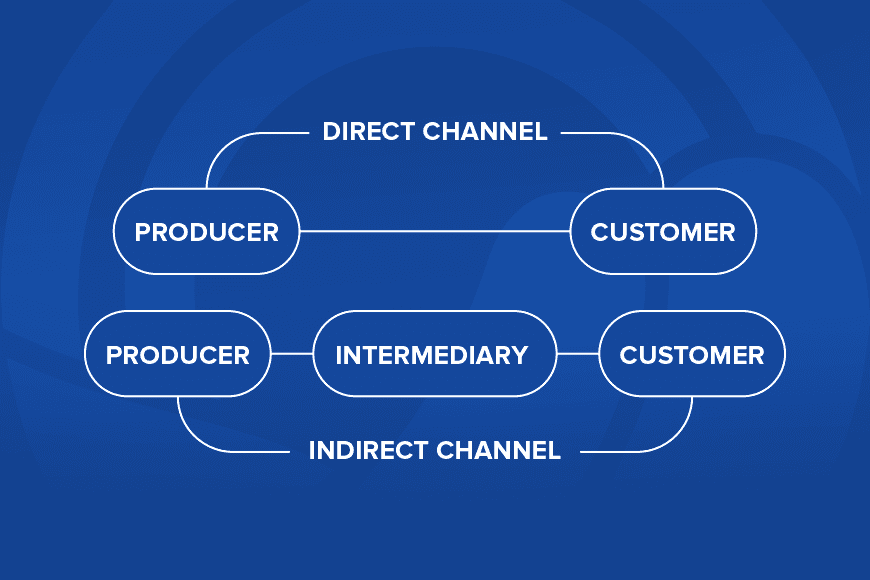CPG and FMCG companies must evolve their Sales Distribution Strategies to stay competitive in a rapidly transforming landscape. As consumer expectations shift and digital channels expand, businesses that adopt innovative, data-driven strategies will outperform others in both B2B and B2C segments. By 2025, integrating tools like Salesflo Core into your distribution planning can increase consumer reach, optimize operations, and significantly boost revenue.
Here are the top 10 sales distribution strategies designed specifically to help CPG/FMCG businesses grow in 2025.
1. Omnichannel Distribution for Seamless Customer Experience
CPG brands must provide consumers with multiple ways to engage and purchase—whether through supermarkets, direct-to-consumer (DTC) websites, mobile apps, or retail partners. Consumers now expect a seamless experience as they move between online and offline environments. By integrating social commerce, e-commerce marketplaces, and brick-and-mortar retail, brands can enhance loyalty and deliver convenience. For B2B, this means offering digital catalogs and self-service portals alongside traditional distribution networks.
2. Analyzing Sales Data for Informed Decision-Making
Sales data is gold for CPG businesses. It highlights consumer trends, seasonal demand, and product performance across regions and channels. Analyzing this data leads to better forecasting, faster decisions, and smarter product placement. Salesflo Core enhances this with real-time dashboards and trend analytics to identify top-selling SKUs, optimize stock levels, and spot distribution gaps. Paired with Salesflo Pulse, teams gain live performance tracking to stay agile and act quickly. This data-driven approach is especially valuable for distributors and B2B partners focused on efficiency and margin growth.
3. Expanding Marketplace Presence and Strengthening Brand Identity
Building a trusted and recognizable brand is crucial in the CPG world, where shelf space is competitive and customer attention is fragmented. From packaging to digital presence, every touchpoint should reinforce your brand identity. High-quality websites, digital marketing, and branded content enhance recognition across both consumer and B2B audiences.
4. AI-Driven Personalization & Predictive Analytics
AI technologies enable CPG companies to customize promotions, recommendations, and product bundles on the basis of individual customer preference—whether selling to end consumers or business buyers. Predictive analytics assists in the refinement of pricing, inventory optimization, and enhanced demand forecasting. Applications such as Salesflo Pulse add to this by offering real-time visibility into sales and distribution performance, which allows for more dynamic planning and execution across channels.
5. Improving Customer Support to Drive Retention
In the CPG space, customer loyalty is won through consistent delivery and service excellence. Whether supporting retail buyers, B2B clients, or direct consumers, companies that prioritize timely support and proactive communication stand out. According to industry reports, improving retention by just 5% can significantly boost profitability.
6. Leveraging CRM Systems to Structure Sales Efforts
For CPG distributors and sales reps, a well-organized CRM system is essential. It consolidates customer data, streamlines follow-ups, and supports territory-based planning. With CRM, field reps and inside sales teams can identify high-value clients, segment them more effectively, and tailor their approach. In B2B contexts, CRM tools support pipeline visibility, relationship management, and consistent communication—especially important when managing multiple retail accounts or wholesale buyers. Salesflo Engage CRM takes this a step further, providing a unified platform for tracking interactions, automating follow-ups, and managing key accounts with real-time insights.
7. Expanding B2B and Wholesale Channels
B2B growth is a cornerstone for many FMCG companies. Building relationships with retailers, supermarkets, food service providers, and institutional buyers allows for consistent volume sales. Offering incentives like bulk discounts, special pricing tiers, and account management strengthens these partnerships. This approach diversifies revenue and reduces dependence on a single channel.
8. Building a Stronger Distributor Network
Empowering distributors through training programs, co-branded campaigns, and performance-based incentives is a smart investment. Distributors act as your extended force in untapped or competitive markets. By providing them with tools, product education, and support—especially through platforms like Salesflo Core — CPG companies can ensure stronger representation, better shelf visibility, and increased order frequency.
9. Performance-Based Sales Team & Incentives
CPG sales teams thrive when motivated by clear goals and rewards. Performance-based compensation, gamified challenges, and AI insights into sales trends all contribute to improved team morale and results. Using platforms like Salesflo Core, managers can track KPIs, analyze route efficiency, and support reps with smart suggestions that lead to better targeting and faster closures—especially useful in fast-moving environments where agility matters.
10. Route Optimization and Last-Mile Efficiency
In the CPG and FMCG sectors, speed and precision in delivery can either make or break a brand—particularly when handling perishable items, high inventory turnover, or frequent B2B orders. By streamlining delivery routes and enhancing last-mile logistics, businesses can reduce transportation expenses, reduce delays, and provide fresher, faster fulfillment. This is especially critical when serving supermarkets, convenience stores, and smaller retailers in urban or rural areas.
Technology such as Salesflo Core assists logistics teams in monitoring fleet movements, spotting delivery hold-ups, and dynamically routing depending on real-time conditions—getting products onto shelves on time and maintaining high customer satisfaction.
Bottom Line
As 2025 approaches, CPG and FMCG companies must embrace digital transformation and prioritize efficiency in their Sales Distribution Strategy. From omnichannel distribution to data-driven decision-making and B2B expansion, each of these ten strategies is key to unlocking revenue growth. With Salesflo Core at the center of operations, businesses gain the visibility, agility, and intelligence they need to succeed in a competitive landscape—whether they’re serving end consumers or strategic distribution partners.


